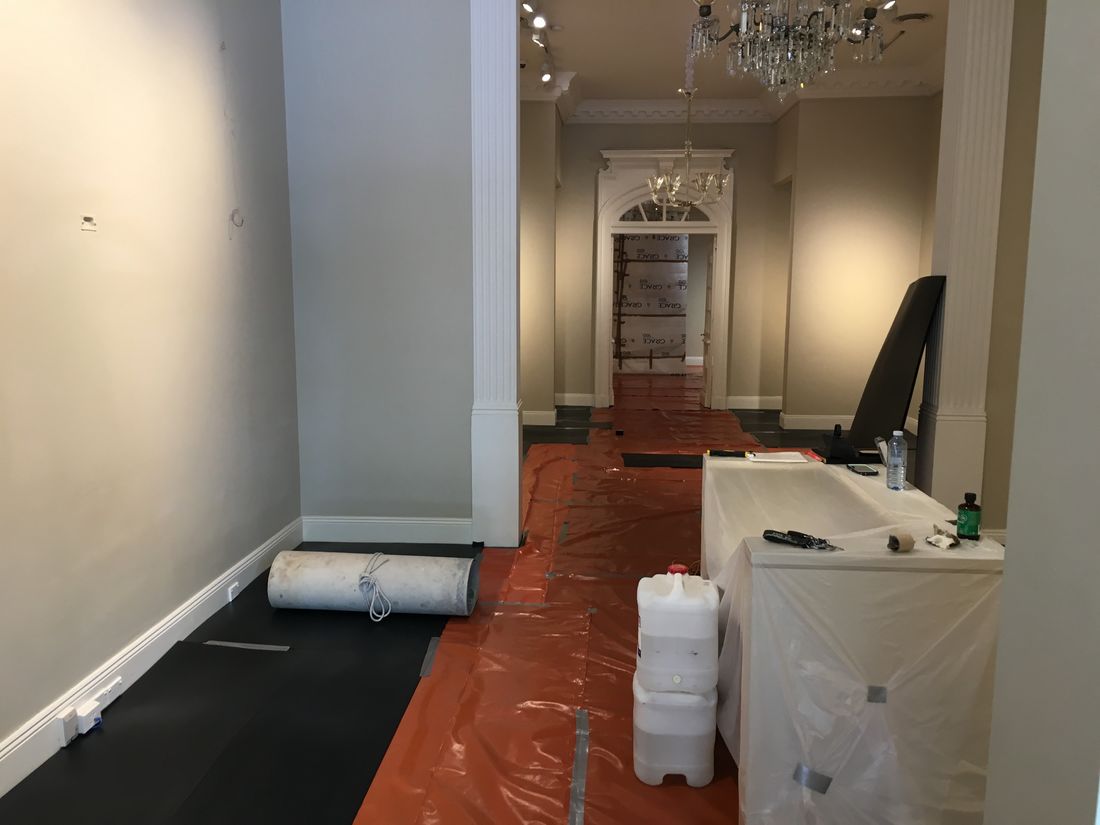Dampness is a common problem that many homeowners have to deal with, especially in places like Sydney that have a diverse climate. We're led to believe by many experts and environmentalists that dampness in homes is a modern problem. They argue that we're simply not constructing new homes as well as our ancestors did, nor are we maintaining them adequately. But living in a damp home isn't something that just beset our great-grandparents.
Myth 1: Damp is Only a Problem in Old Buildings
While we might've been led to believe that with modern building practices, using new materials, and with the kind of technology we now have at our disposal, that we shouldn't be building homes that are weak to problems of dampness, the reality is that even modern homes can suffer from that same problem. And what are the causes? Poor design, bad construction, inadequate ventilation... all of these lack the basic principles that were used in the past to ensure that buildings were dry and lived in comfortably.
Myth 2: Wetness Always Comes from Leaky Pipes
Truth: Leaky pipes can be a source of wetness, but they are not the only one. Dampness can come from several sources. One is rising damp, or moisture traveling upward from the ground through porous building materials. Another is penetrating damp, which occurs when water enters a building through external walls or roofs. Condensation is a third potential source, and can occur when warm, moist air comes into contact with cold surfaces. Identifying which of these is the source of a problem is vitally important for effective remediation.
Myth 3: The problem is solved when mold is painted over.
Reality: Painting over mold provides a temporary aesthetic solution�nothing more. Mold occurs when moisture is present. The only real way to get rid of mold is to eliminate the spores and the source of the moisture. This is what remediation is about. You can't just cover it up (and this is what we were doing, what, 20, 30, 40 years ago?), or the mold will come back. Mold paints and paints with anti-mold properties are only half a solution.
Myth 4: Damp proofing is invariably expensive.
Reality: The costs associated with damp proofing can indeed be steep, but not always and not necessarily. If you have a serious damp problem with your property, you might have to fund a serious solution; no one is going to argue with that. However, if you catch damp conditions early and respond promptly, and if you use most of the affordable tactics that the authors recommend, you can solve a damp problem for a fraction of the potential cost and on a scale that really won't have much of an impact on your finances (and certainly won't cost as much as a tuition payment at a community college).
Myth 5: Do-it-yourself solutions are enough to handle damp problems.
In reality, while there are DIY methods available to handle minor condensation issues, more serious and potentially extensive dampness problems usually require a professional to assess and intervene. Experts can accurately diagnose the type of damp that is present and recommend the most effective treatment. If you use only DIY solutions, you run the risk of making temporary fixes that do not take care of the root of the problem. And trust me, addressing the root of the problem is way better than the alternative of letting it fester and potentially causing more extensive damage and a higher price tag in the long run.
Myth 6: Adequate Ventilation Alone Can Prevent Dampness
Ventilation is very important in the fight against dampness, but on its own, it is often not enough. In today's energy-efficient homes, the air we live in is often too humid. A precondition of adequate air space to allow air to circulate is, however, that there is an essential airflow through a room � that means without furniture blocking the airflow, and without curtains covering the heaters. All this presumes that you are not hiding any secret fans, of course.
Unpacking the realities of moisture and building remediation is pivotal to understanding the core action of the home remodelling industry. Moisture is insidious; it can sneak in through a variety of openings and slowly break down the materials that comprise your home. The absence of water does not guarantee a mold-free environment, and neither does the presence of a HEPA filter. Homeowners must take a comprehensive view of these dangers when ensuring their property's long-term health.


